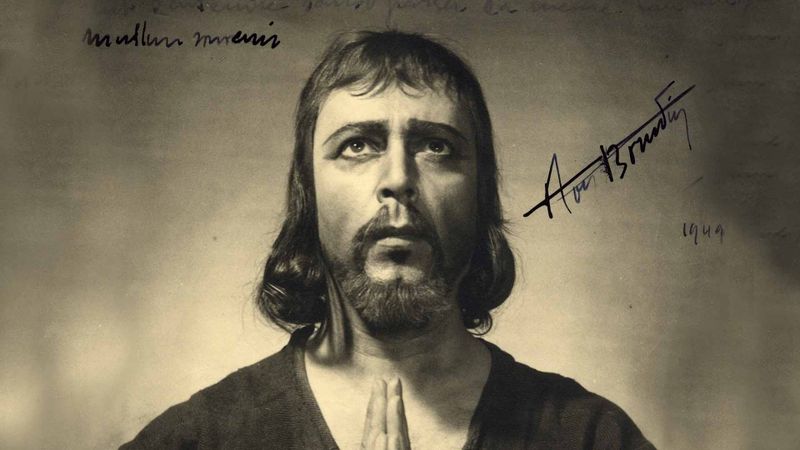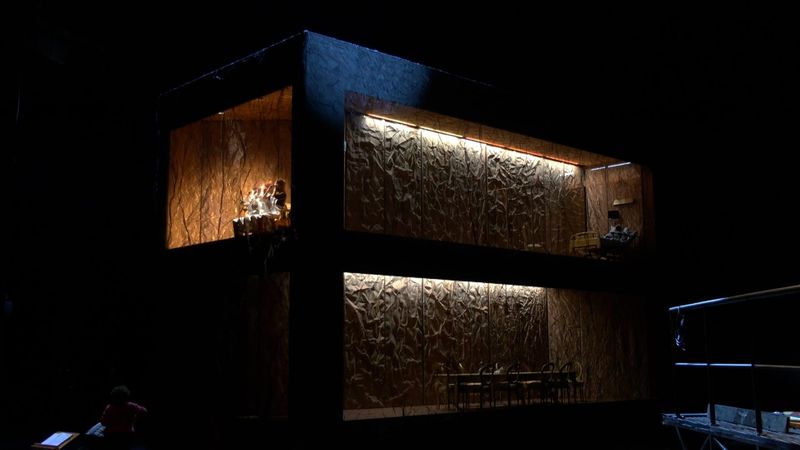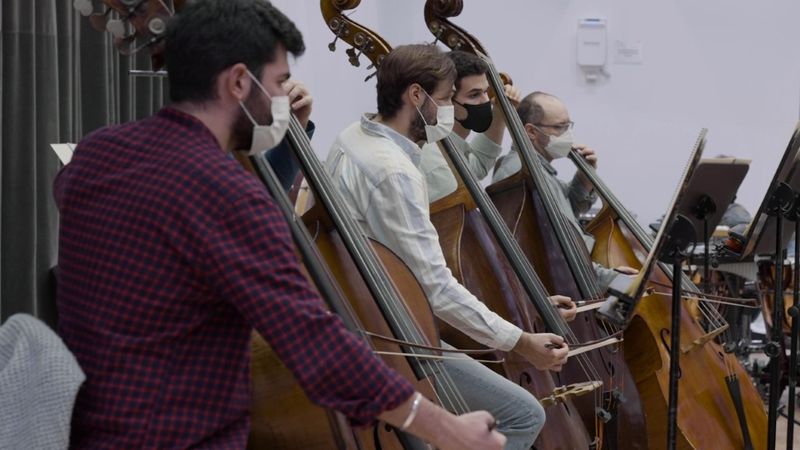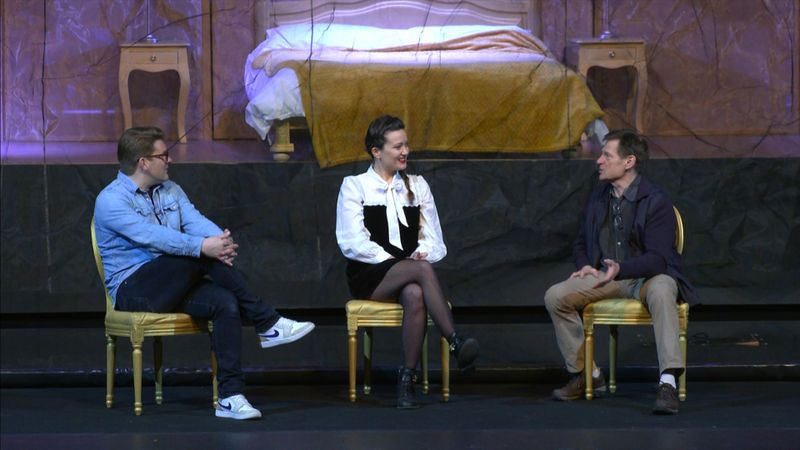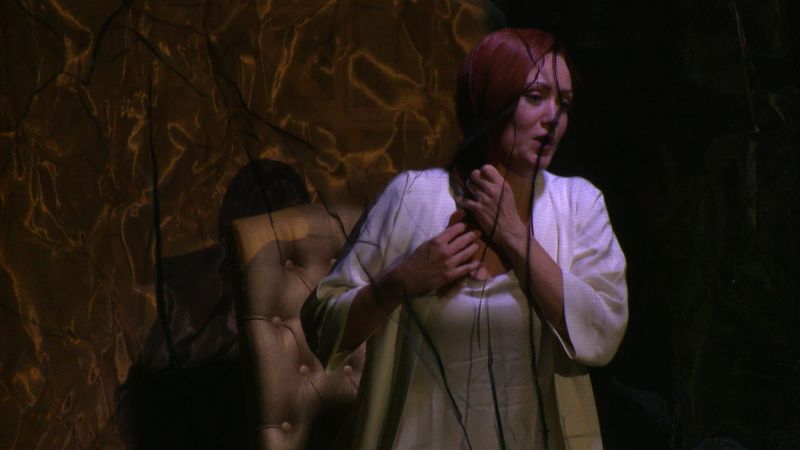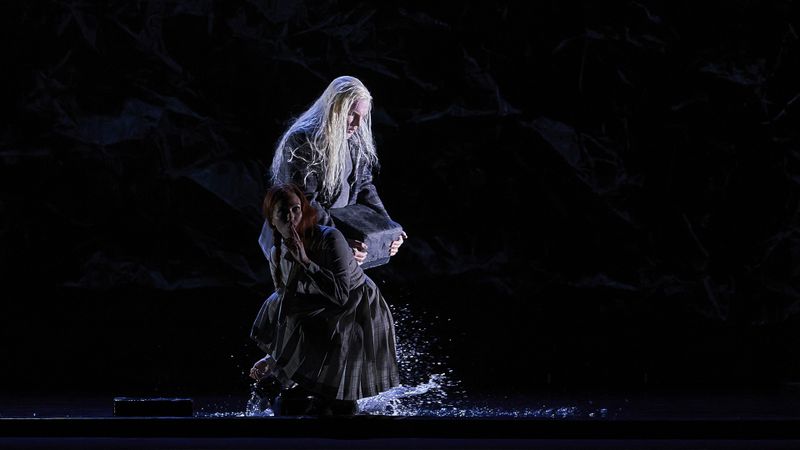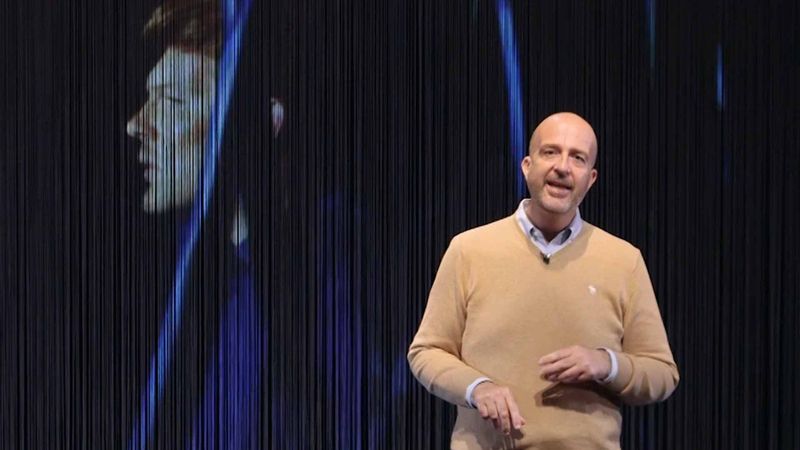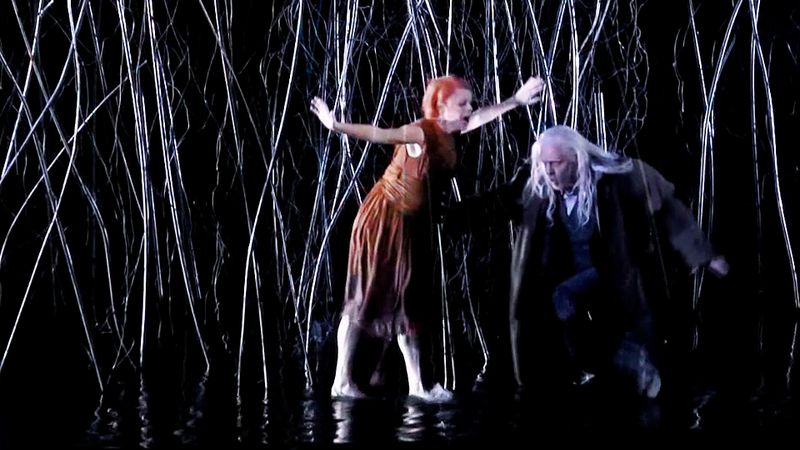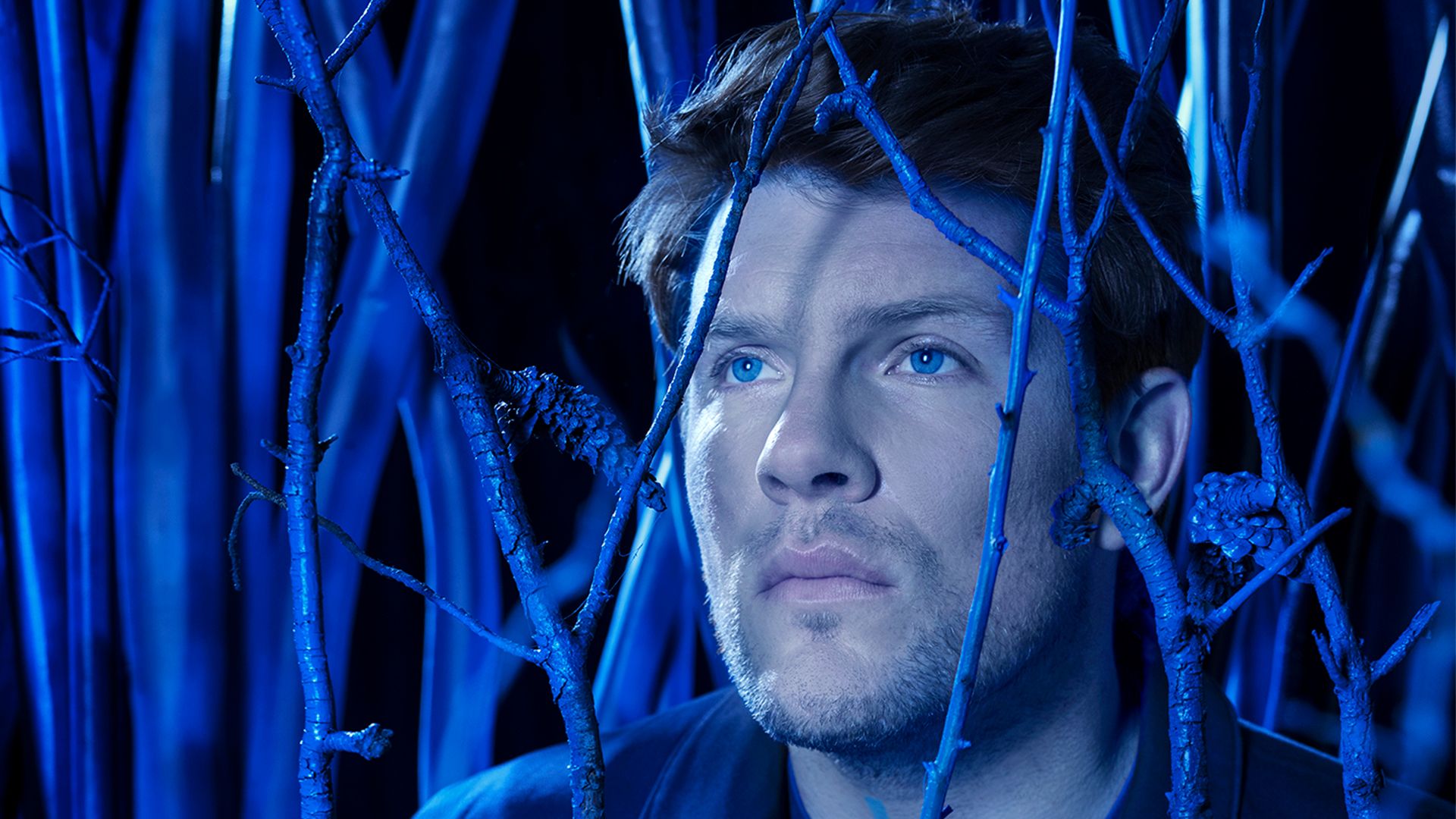
 Back
BackPelléas et Mélisande
CLAUDE DEBUSSY
OPERA / CLAUDE DEBUSSY / 21-22
Àlex Ollé interprets the score by resorting to the language of dreams, with additional references to Freud and Surrealism. The resulting aesthetic is akin to the style of other present-day directors such as Lars von Trier or David Lynch.
28 FEB - 18 MAR
MEDIA
INFO
Abstract
"“Si j’étais Dieu, j’aurais pitié du cœur des hommes” (“If I were God, I would take pity on the hearts of men”)
(Arkel, Pelléas et Mélisande, Scene I, Act IV)
Pelléas et Mélisande, based on the Symbolist play by Maeterlinck, occupies a unique place in the history of opera. Though it met with total incomprehension from critics and the musical world in general after its Paris premiere, its dream-like idiom endows it with great magnetism and power.
The characters are absent, passive beings who roam silently about in a disquieting atmosphere. The enigmatic Mélisande, who possesses a strange beauty, meets the king's grandson Golaud in the forest and goes on to become his wife. When she later falls passionately in love with his younger brother, Pelléas, the relationship ends in both their deaths.
The work is a transposition of the myth of Tristan and Iseult, in which love prevails over the characters' wills and moral laws, finding fulfilment only in death. The musical language, in contrast, is completely new and a far cry from Wagner.
Àlex Ollé interprets the score by resorting to the language of dreams, with additional references to Freud and Surrealism. The resulting aesthetic is akin to the style of other present-day directors such as Lars von Trier or David Lynch. Ollé's version is conceived as an accumulation of impossible questions with no answers. The dominant feature of the set is a large black box which contains a great enigma and functions as a modern metaphor of the human mind. Within it the complex codes of dreams lie hidden, along with the truth about Mélisande's tragic death. It is linked to the outside world by a single basic element: water.
The text is a continuous melopoeia that relates the tragic love triangle by means of a largely static plot.
In this phantasmagoric voyage through unreality, which is troubling, mysterious and dramatically well paced, the main characters see true love as the prime ingredient of paradise."
(Arkel, Pelléas et Mélisande, Scene I, Act IV)
Pelléas et Mélisande, based on the Symbolist play by Maeterlinck, occupies a unique place in the history of opera. Though it met with total incomprehension from critics and the musical world in general after its Paris premiere, its dream-like idiom endows it with great magnetism and power.
The characters are absent, passive beings who roam silently about in a disquieting atmosphere. The enigmatic Mélisande, who possesses a strange beauty, meets the king's grandson Golaud in the forest and goes on to become his wife. When she later falls passionately in love with his younger brother, Pelléas, the relationship ends in both their deaths.
The work is a transposition of the myth of Tristan and Iseult, in which love prevails over the characters' wills and moral laws, finding fulfilment only in death. The musical language, in contrast, is completely new and a far cry from Wagner.
Àlex Ollé interprets the score by resorting to the language of dreams, with additional references to Freud and Surrealism. The resulting aesthetic is akin to the style of other present-day directors such as Lars von Trier or David Lynch. Ollé's version is conceived as an accumulation of impossible questions with no answers. The dominant feature of the set is a large black box which contains a great enigma and functions as a modern metaphor of the human mind. Within it the complex codes of dreams lie hidden, along with the truth about Mélisande's tragic death. It is linked to the outside world by a single basic element: water.
The text is a continuous melopoeia that relates the tragic love triangle by means of a largely static plot.
In this phantasmagoric voyage through unreality, which is troubling, mysterious and dramatically well paced, the main characters see true love as the prime ingredient of paradise."
Tags
Unknown Issue - Code: Related




